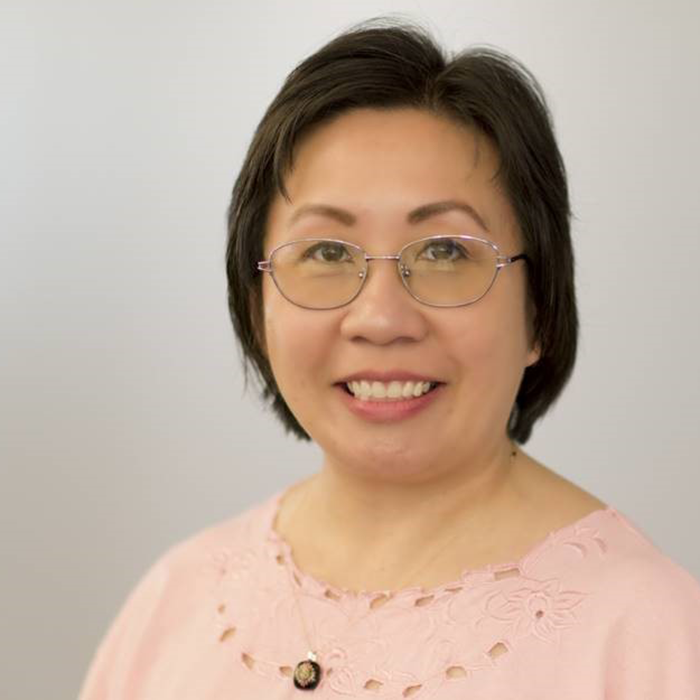Many MSE Professional Programs alumni recall having had a moment in their career when they questioned the way things were done and, after deciding there had to be a better way, they found their way to the MSE program. Mina Rohde is one of the rare alums who skipped that step.
During her final year at the University of Buffalo — where she earned dual bachelor of science degrees in biology and computer science — Mina realized she wanted a career in software and that she wanted to gain more knowledge before starting her career. “I asked myself why I would want to go out into the workforce when I felt I didn’t yet know what I was doing and would have to learn everything the hard way. Instead, I could earn a software engineering degree, learn a better way to do things and start my career with more tools in my toolbox.”
Mina recalls a phone conversation with Jim “Coach” Tomayko who had concerns about her lack of industry experience. “After hearing about my diverse background, my experience as an undergraduate, and that I would have a summer internship at Sandia National Labs prior to entering the program, Coach said he thought that I would be able to make it through the program.”
Modeling the Space Shuttle Liquid Hydrogen subsystems
What makes Mina unique is that she came into the program with a National Science Foundation Graduate Research Fellowship, which provides monetary support to individuals in their graduate training in the STEM fields. She cites the strong relationship between the SEI and the MSE as one of the things that drew her to the program, and it was at the SEI that she found a mentor in David Gluch. “My research with Dave was to try out some of the modeling tools that he was evaluating for use by NASA and write a report of my findings” (CMU/SEI-2000-TN-002). “I felt privileged to not only have an excellent practical education but also a great opportunity for academic research. I felt I had the best of both worlds.”
Take the Time to Sharpen Your Blades
While Mina was very busy with coursework and research, she learned one very valuable lesson about work-life balance. She said, “I remember a lot of the professors used the phrase, “don’t work for a sawmill that’s too backed up to sharpen the blades” when referring to software processes and project management. I really took that to heart and applied it to my personal life as well; trying to stop working at midnight and get a decent night’s sleep. Self care, having a balance in life, is so important. I have a wonderful husband and two wonderful teenaged children, and I enjoy reading for work and for pleasure.”
